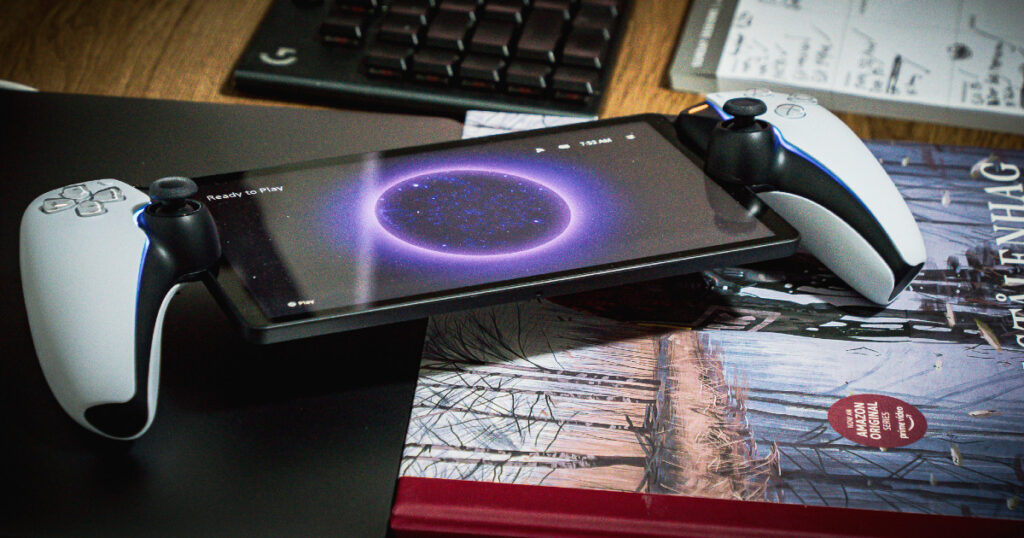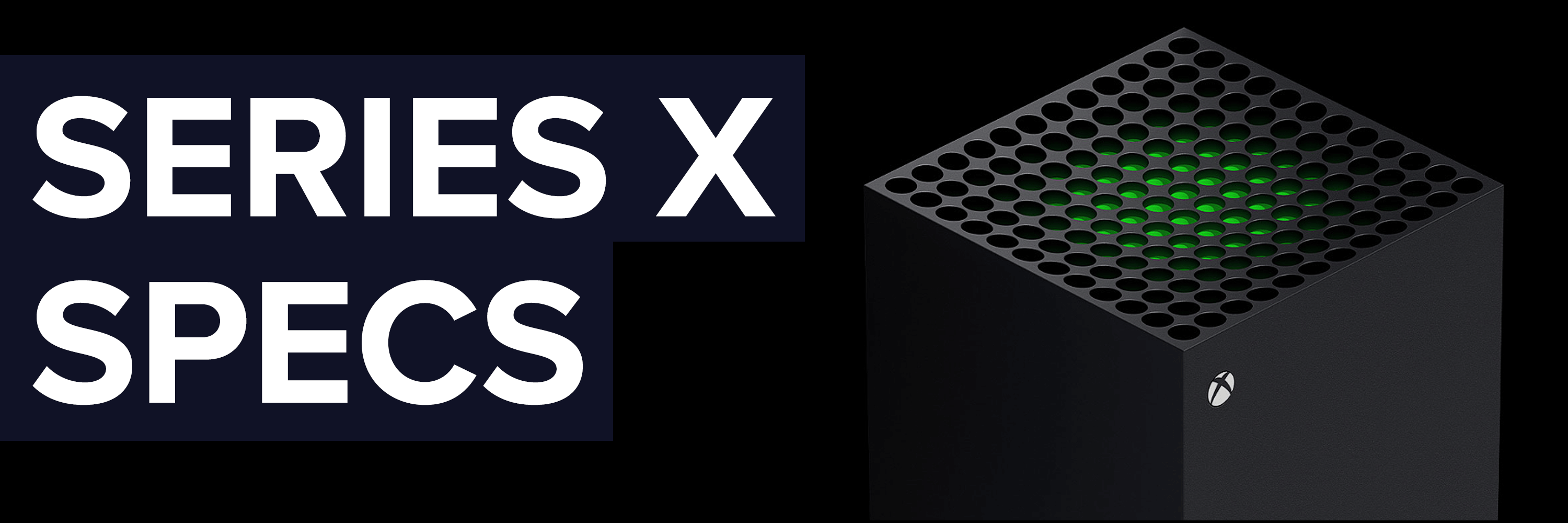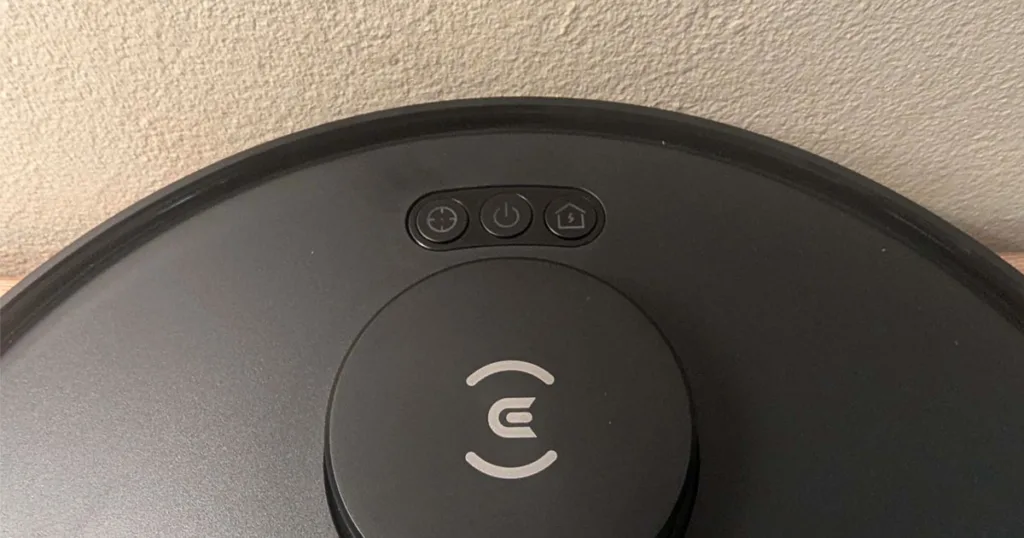From Xbox One X to Xbox Series X, these name changes are a headache to track but, thankfully, the big changes between console generations are a whole lot easier.
Xbox Series X specs and features in (p)lay terms
The console war is set to get even spicier this year as things heat up in the generations-long brouhaha between Sony and Microsoft. This time around, it’s the PlayStation 5 vs the Xbox Series X.
While Sony fans are pegging PS5 to come out on top, Microsoft’s extensive commitment to backwards compatibility for all older generations' libraries, including Xbox One games, as well as an ongoing compelling offer in Xbox Game Pass, means that Team Xbox is getting its ducks in a row ahead of next-gen.
While I personally feel this next-gen will be a lot closer than some are saying, here’s everything you need to know about the Xbox Series X.
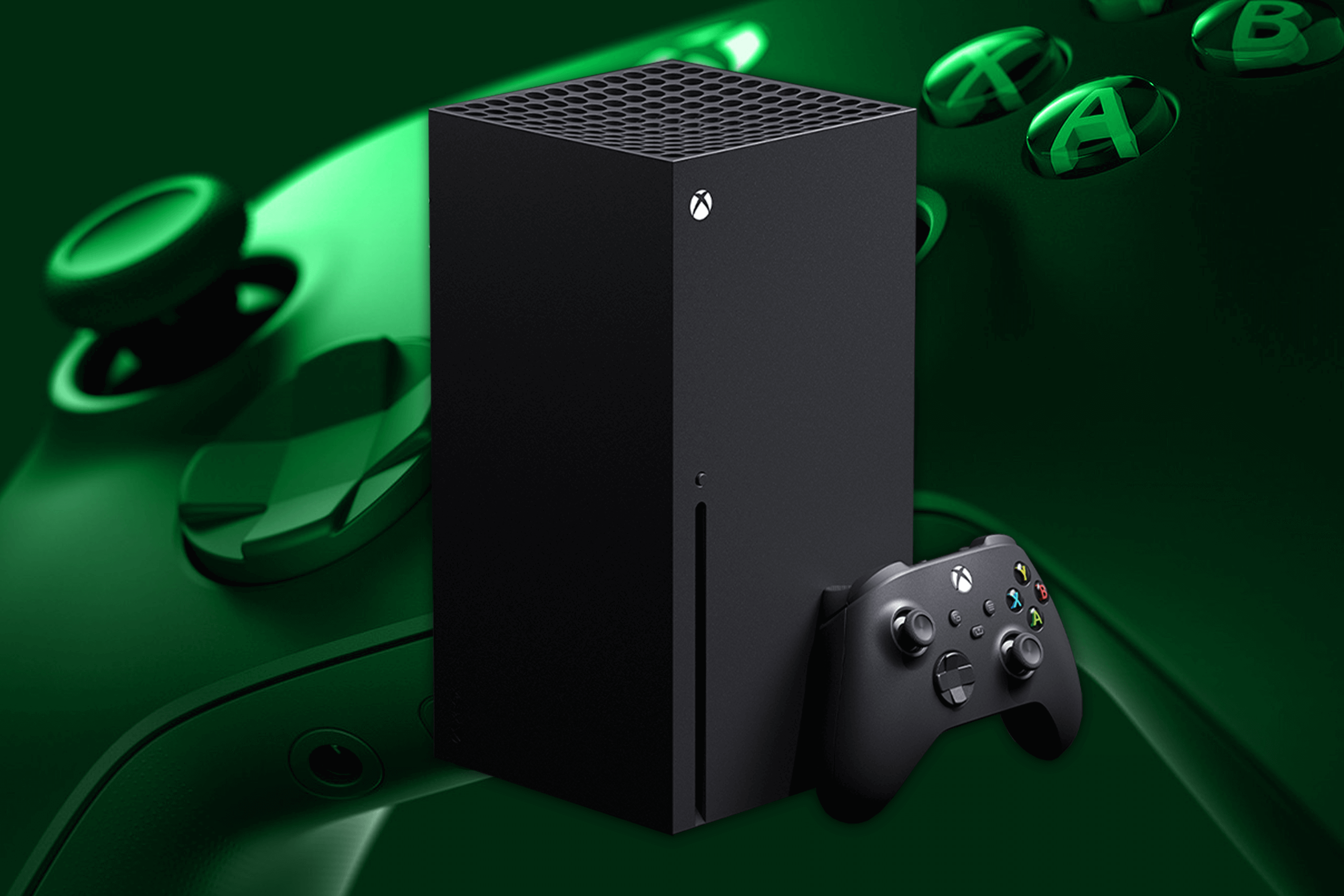
A brief Xbox history
Before there was the Xbox One, there was the original Xbox. While the numbering conventions make about as much sense as the Battlefield numerical subtitles, the original Xbox sold 24 million consoles. Not bad for Microsoft’s first foray into console development.
Microsoft had a much better showing with the Xbox’s sequel, the Xbox 360, which sold an incredibly competitive 84 million units. Better still, Microsoft started to curry favour with its Xbox Live online services and a much-improved controller, particularly for those with smaller hands, even if its second console suffered from the dreaded ‘red ring of death’ issue.
The current generation saw the release of the Xbox One, but it got off to a bad start, which translated to around 47 million Xbox One sales since launch. Microsoft recovered, though, with the launch of the UHD-capable Xbox One S, which was followed by the Xbox One X. Not only did this latest Xbox console on the block clearly form the naming conventions for Microsoft’s next-gen box (boxes, plural, if the rumours are to be believed), it’s also currently the most powerful console ever.
As you might expect, the Xbox Series X will be, at the very least, Microsoft’s most powerful console to date, but it might also prove to be the most powerful console released, as it looks to have the edge on the PlayStation 5 from a raw specs perspective.
Xbox Series X price in Australia
So, the hopefully-not-a-millionaire-dollar question is simple: how much does the Xbox Series X cost? After a long game of pricing chicken with Sony, Microsoft has finally announced the Xbox Series X will cost US$499. That international pricing is a lot more affordable than expected, more so given the impressive hardware of the Series X stacked next to the long-rumoured, finally announced disc-less Xbox One S model (which is priced at US$299).
In Australia, those prices translate to $749 for the Xbox Series X and $499 for the Xbox Series S. That's pretty reasonable considering a straight US-to-AU dollar conversion has the Series S at $411ish and the Series X at $687ish.
Xbox Series X release date
It’s been whispered and now, more recently, it’s all but confirmed that the Xbox Series X will land on 10 November in launch markets around the world. In fairness, that is the launch date locked in for the smaller and more-affordable Xbox Series S, but November 2020 has been confirmed for a while now, and it’d be odd if Microsoft led with the mid-tier Xbox Series S over the next-gen flagship Xbox Series X. Mark your calendar and start saving.
Xbox Series X specs breakdown
That’s a whole lot of numbers in a table that don’t make a whole lot of sense without the relevant context. So instead of getting bogged down in the specifics of the figures, jargon-packed acronyms, and the relevance of a custom processor, let’s instead focus on what it means in practical terms.
Microsoft is saying the Xbox Series X has four times the grunt of the Xbox One X, which is particularly impressive given the Xbox One X is already capable of 4K native resolutions. The big difference there is that while Xbox One X 4K games target 30 frames per second (fps), Microsoft plan is to target 60fps as the base frame rate for 4K games on the Series X.
The Series X is also capable of 8K resolutions for those early adopters who’ve splurged on the new-fidelity TVs, but we still recommend sticking to a 4K TV for a great mix of value, UHD resolution, and a wealth of supported content.
For those gamers who prefer games with a higher frame rate, the Series X will also support games at up to 120fps, which will require a TV that also supports true 120Hz refresh rates. Higher frames tend to mean lower visual fidelity, and Microsoft is leaving it up to the developers to determine which one they favour. Speaking of fidelity, the big buzzword of next-gen will be ‘ray tracing’, which the Series X will support and translates to incredibly realistic and immersive handling of in-game light and shadows.
As with the Xbox One S and Xbox One X, the Series X also has a 4K UHD drive for watching your collection of UHD Blu-rays.
What is native 4K?
Native 4K resolutions are rendered at a resolution of 3840x2160, instead of upscaled from lower-resolutions, for a total of 8,294,400 on-screen pixels.
Xbox Series X: Ray tracing
To read all about ray tracing, check out our dedicated feature. In short, it’s a newfangled lighting system that uses a lot of hardware resources to create accurate shadows and/or reflections in real-time. Both the Series X and PlayStation 5 are set to offer support for ray tracing, though it will be up to individual developers as to whether they want to implement the technology.
Microsoft has already shown off the beautiful results of Minecraft with ray tracing enabled. As you can see in the Digital Foundry video analysis below, Minecraft almost looks like a different game with the way that light interacts with hard objects, transparent items, and even water.
Frames vs fidelity
As mentioned above, ray tracing is a hardware-intensive technology that will likely result in lower frame rates for supported games. The same is true of the 8K-resolution potential of the Series X. While Microsoft is looking to target 4K 60fps as the standard, it’s safe to expect 8K games (for those who have an 8K TV) will likely run at 30fps.
Developers will also have the option to opt for 120fps games that will feel more fluid and responsive, something that’s important for competitive titles. Still, for games that can reach that resolution, they likely will either not be running in 4K resolution or will have to make other fidelity compromises to preserve the higher frame rate.
Xbox Velocity Architecture
One of the key terms for the Series X is Xbox Velocity Architecture (XVA). This term refers to a symbiotic relationship between hardware and software that gives developers up to 100GB of streaming in-game assets.
One of the practical implications of XVA is faster loading times, but Microsoft also flags that it will allow developers to create more expensive worlds, actual fast-travel systems, and hopefully it’ll also mean the end of forced walk-and-talk or long elevator sequences that are current-gen smoke-and-mirror tricks for masking level lighting.
Why is HDMI 2.1 important?
Higher resolutions (up to 8K) and faster frame rates are part of the appeal of HDMI 2.1 support in the Series X. For instance, any games that support 4K resolutions at 120fps or 8K at up to 60fps will be taking advantage of the boosted bandwidth offered by the HDMI 2.1 specification.
Xbox Series X Quick Resume
While Sony seems to be pushing the PlayStation 5 towards near-instant loading times, games will load noticeably faster on Series X when compared to current-gen consoles. Microsoft is also touting a Quick Resume feature for the Series X, which lets you have “multiple” games – how many exactly has not yet been identified – in a suspended state to pick up where you left off. The logic behind this is to support the three to four games that the average gamer plays in a month.
This is achieved by storing the game state on the solid-state drive (SSD), which means you can pick up where you left off, even if the Series X is fully powered down. The anecdote that Microsoft used to highlight this was a tester who left their Series X unplugged for a week and was able to resume their game after updating the console.
So, yes, the resume function will even work after a system update, which is impressive, but our hope is that it also gives users the option to forego game updates for those sporadic gaming sessions where you don’t want to wait for games to patch and you just want to play.
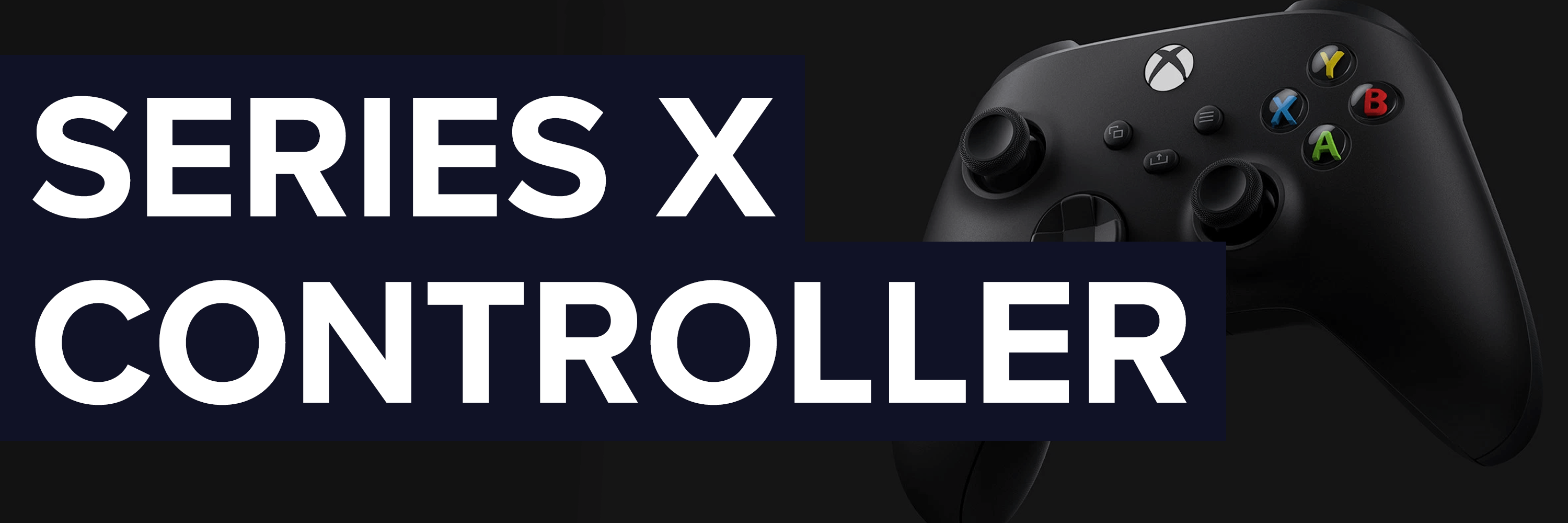
Xbox Wireless Controller
It might not look like a lot has changed, but Microsoft has put some work into refining its already-strong controller game. By combining learnings from the expensive-but-great Xbox Elite Wireless Controllers with low-latency input, Microsoft has evolved the controller inside and out for Series X.
Simply called the ‘Xbox Wireless Controller’, it boasts better ergonomics designs for smaller hands with rounded bumpers and sculpted grips. In terms of the feel, there’s a matte finish on triggers, bumpers, and D-pad, plus there’s also a tactile dot pattern on triggers and bumpers.
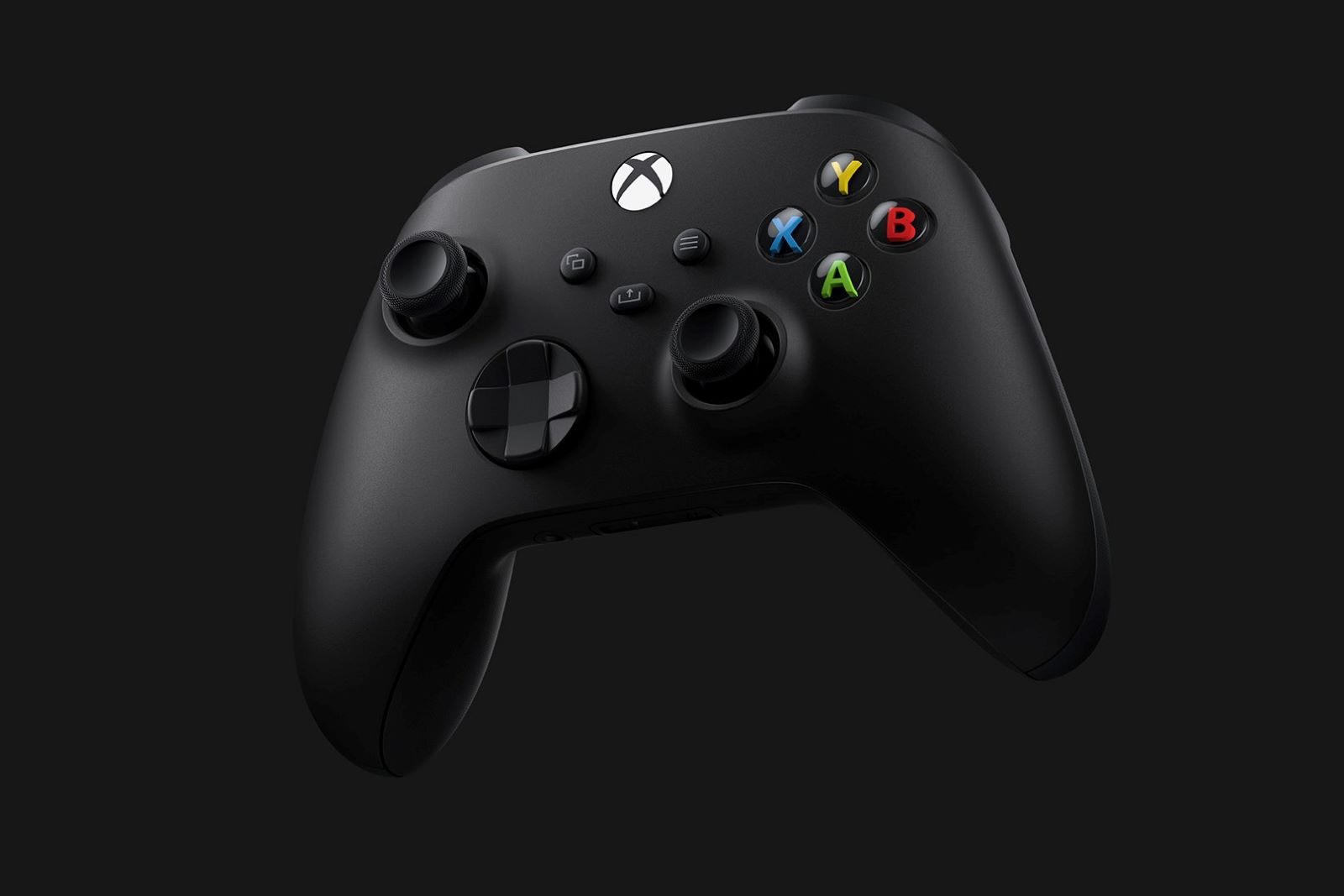
The D-pad redesign is lifted straight from the Xbox Elite Wireless Controller, and there’s now a dedicated Share button (like the PS4’s DualShock 4 controller) to make capturing screenshots and clips faster. In terms of performance, the Xbox Wireless Controller is built with low latency in mind for faster overall input, with Microsoft pledging there’s no sacrifice to battery life.
To get the lowest possible latency, you’ll want to play in wired mode, which is achieved via a USB-C port. By default, the Xbox Wireless Controller uses AA batteries, but battery packs can be charged via the USB-C cable. Apparently the decision to stick with AA batteries instead of following the rechargeable-internal-battery trend was because gamers are divided on their preferences of batteries overcharging.
The Xbox Wireless Controller is intended as a multi-device controller, too, designed to work across Xbox One and Series X consoles – older Xbox One controllers and other peripherals are expected to work with the Series X, too – and inbuilt Bluetooth Low Energy means it can be also easily paired across PC, Android, and iOS devices.
Low-latency console
Two of the gamer-centric features of recent-model 4K TVs are auto low-latency mode and variable fresh rate. These optimise and synchronise communication between Series X and TV. Low latency is something that Microsoft is pushing in other areas with the Series X, too.
The pipeline between controller, console and display has been honed in such a way as to offer incredibly low latency, which should result in more responsive game. In practical terms, it means that when you push the sticks, press a button, or pull the triggers, the corresponding on-screen action should happen a lot faster.
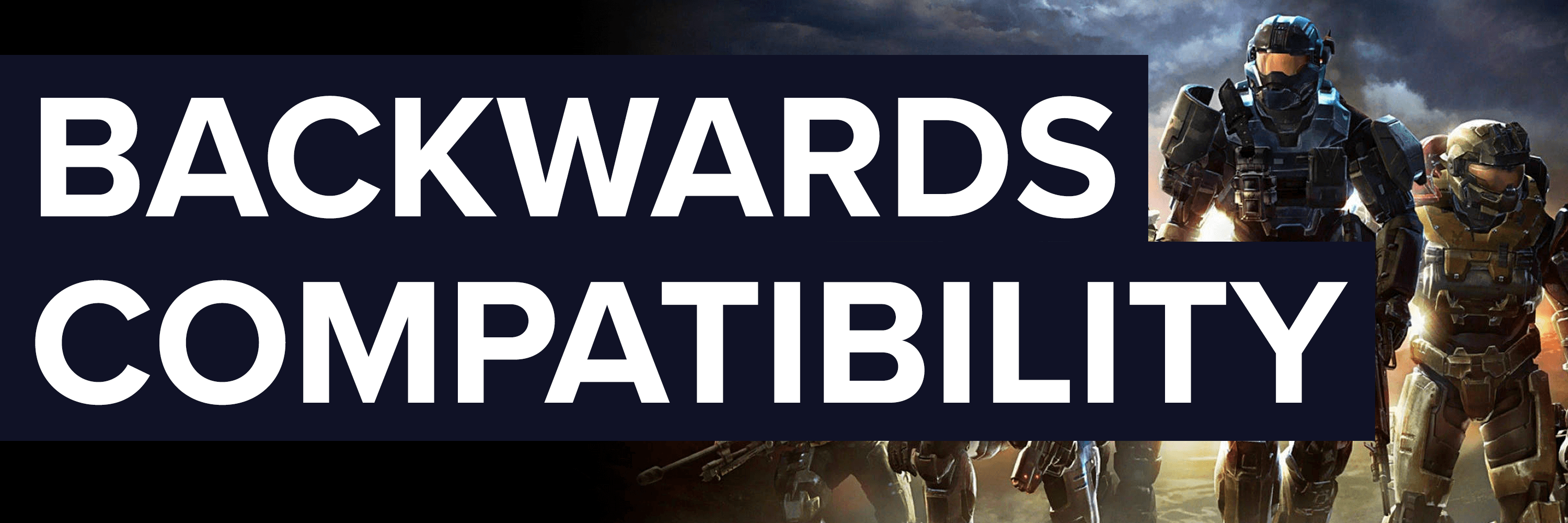
Xbox Series X backwards compatibility
One of the main areas that Microsoft dominated in the current-gen battle with Sony was in the backwards-compatibility space. Where Sony hasn’t added backwards-compatibility support to the PlayStation 4, Microsoft opened the floodgates to all of its console generations, supporting more than 600 games, some of which were upscaled and optimised for play on Xbox One X.
Expect this trend to continue with the Series X. Microsoft is using a combination of hardware and software solutions to achieve backwards compatibility on the Series X, with the pledge that thousands of games from Xbox One, Xbox 360, and original Xbox libraries will all be playable on the next-gen console on day one. Beyond this, Microsoft is talking up better boot and overall load times for some of these backwards-compatible titles, as well as higher resolutions, better image quality, and stabler frame rates.
It’s also great to see that the Series X will have backwards compatibility for a range of Xbox One accessories, plus you can safely expect that your saves and in-game progression will carry over between generations. Additionally, the Series X has been designed with cross-system multiplayer in mind, which means you’ll still be able to play supported cross-gen games with your buddies who’ve yet to make the leap from Xbox One.
Gears of War 5 case study
Gears 5 is one of the current-gen Xbox games that will be optimised for Series X. The Gears 5 footage in the Digital Foundry you can see below was reportedly ported to Series X in just a couple of weeks, which is promising for this treatment being applied to other current-gen titles.
Gears 5 on Series X will boast faster loading times and, impressively, it’s slated to look better than the PC version running on ultra fidelity settings. Developer The Coalition is targeting 120fps for multiplayer, and it will be available at Series X launch as a free update for anyone who already owns it.
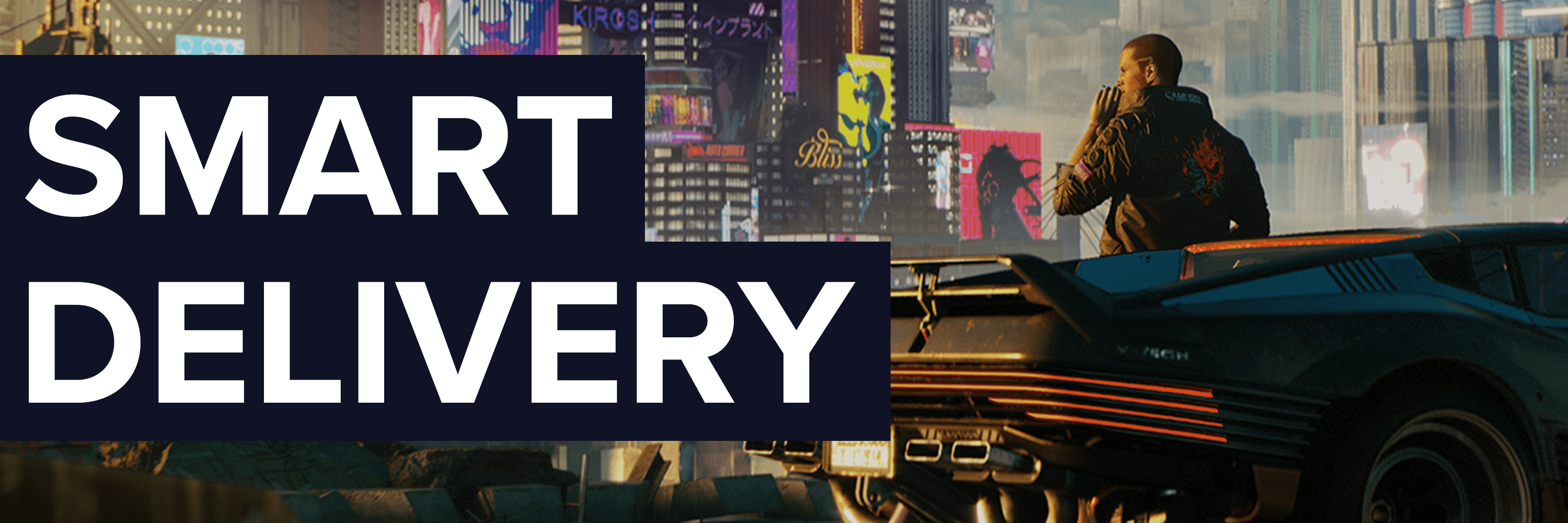
Xbox Series X Smart Delivery
One of the challenges of buying into a new console generation is if you don’t buy in immediately, you’ll likely have games you own on Xbox One that have a better-looking version on Series X. You don’t really want to buy them again. Microsoft is implementing a feature called ‘Smart Delivery’ that matches supported games to the Xbox console you’re currently playing them on.
So if you have an Xbox One you still use in your home and want to play Halo Infinite, your Xbox One will be able to download and play the Xbox One version of that game. With the same account on Series X, your next-gen console will download the better-looking Series X version of the game automatically.
All first-party Xbox Game Studios games that are optimised for Series X will support Smart Delivery. Effectively, this means you can wait for the Series X to drop in price, buy and play cross-gen titles on Xbox One in the meantime, then play the next-gen versions of Smart Delivery-supported games on Series X.
There’s a bit of a catch. While all Xbox Game Studios games that straddle both console generations are expected to support this feature, it’s optional for third-party developers to opt in, even though the tech is available for all of them.
Xbox Series X Smart Delivery
Below is a list of all of the games that currently support Smart Delivery.
- Halo Infinite
- Cyberpunk 2077
- Assassin’s Creed Valhalla
- Watch Dogs: Legion
- Vampire: The Masquerade – Bloodlines 2
- Destiny 2
- Dirt 5
- Gears 5
- Yakuza: Like a Dragon
- Scarlet Nexus
- Chorus
- The Ascent
- Call of the Sea
- Second Extinction
- Metal: Hellsinger
EA has also pledged to support Smart Delivery, but it will be a time-limited affair, as is the case with Madden NFL 21, which has to be bought by 31 December this year and upgraded to the Series X version by 31 March 2021.
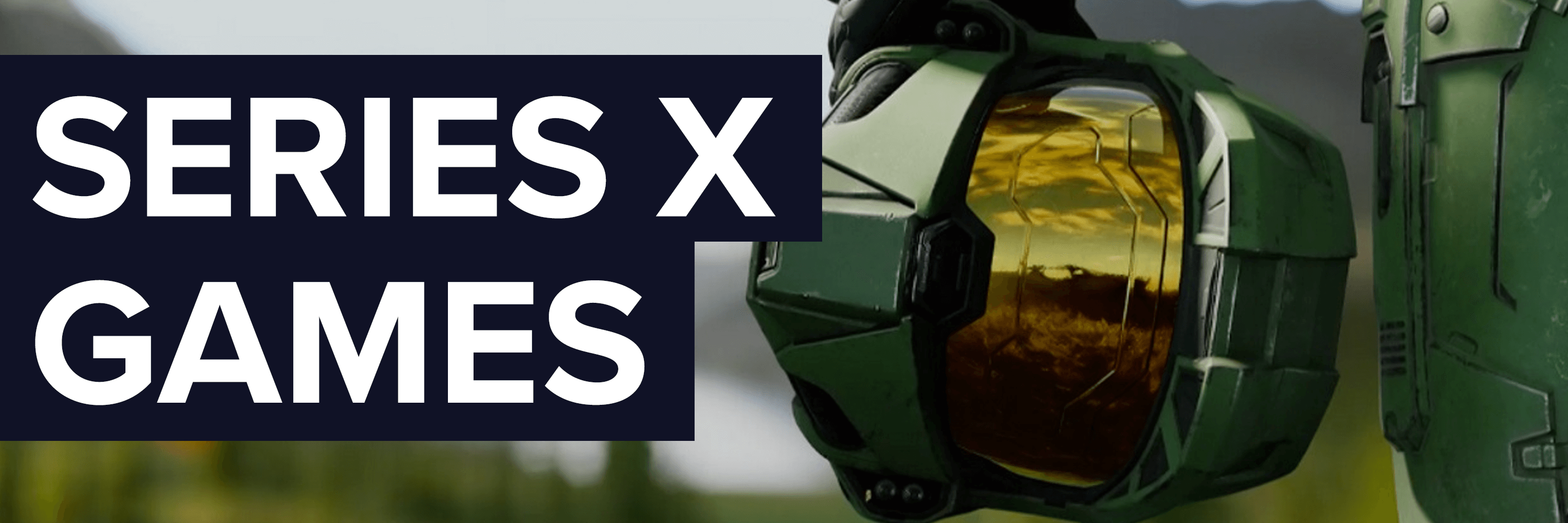
Xbox Series X launch games
Microsoft has confirmed that 30 titles will be available to play on launch day for the Xbox Series X, which is the biggest number of launch titles for an Xbox. That said, the vast majority of the games are playable on current-gen Xbox One consoles, which takes some of the wind out of that number.
Still, there’s a mix of new games, remasters, Smart Delivery titles, and games that will be available via the increasingly value-packed Xbox Game Pass. Here’s the full list:
- Assassin’s Creed Valhalla (Smart Delivery)
- Borderlands 3 (Smart Delivery)
- Bright Memory 1.0
- Cuisine Royale (Smart Delivery)
- Dead by Daylight (Smart Delivery, Xbox Game Pass)
- Devil May Cry 5: Special Edition
- Dirt 5 (Smart Delivery)
- Enlisted
- Evergate
- The Falconeer (Smart Delivery)
- Fortnite
- Forza Horizon 4 (Smart Delivery, Xbox Game Pass)
- Gears 5 (Smart Delivery, Xbox Game Pass)
- Gears Tactics (Smart Delivery, Xbox Game Pass)
- Grounded (Smart Delivery, Xbox Game Pass)
- King Oddball (Smart Delivery)
- Maneater (Smart Delivery)
- Manifold Garden (Smart Delivery)
- NBA 2K21
- Observer: System Redux
- Ori and the Will of the Wisps (Smart Delivery, Xbox Game Pass)
- Planet Coaster (Smart Delivery)
- Sea of Thieves (Smart Delivery, Xbox Game Pass)
- Tetris Effect: Connected (Smart Delivery, Xbox Game Pass)
- The Touryst (Smart Delivery, Xbox Game Pass)
- War Thunder (Smart Delivery)
- Warhammer: Chaosbane Slayer Edition
- WRC 9 FIA World Rally Championship (Smart Delivery)
- Yakuza: Like a Dragon (Smart Delivery)
- Yes, Your Grace (Smart Delivery)
Xbox Series X games
Microsoft announced more games on 24 July as part of the Xbox Games Showcase, which showed gameplay footage, in-engine video, and some CG trailers for upcoming Series X games. The current list of officially confirmed Series X games (new and optimised) is as follows.
- Halo Infinite
- Cyberpunk 2077
- Senua’s Saga: Hellblade 2
- Fable
- Everwild
- Grounded
- Psychonauts 2
- The Medium
- Warhammer 40K: Darktide
- S.T.A.L.K.E.R. 2
- State of Decay 3
- Avowed
- Forza Motorsport
- Tell Me Why
- Ori and the Will of the Wisps
- As Dusk Falls
- Phantasy Star Online 2: New Genesis
- Tetris Effect: Connected
- The Gunk
- CrossfireX
- Assassin’s Creed Valhalla
- Vampire: The Masquerade – Bloodlines 2
- Destiny 2
- Dirt 5
- Gears 5
- Yakuza: Like a Dragon
- Fortnite
- Watch Dogs: Legion
- Rainbow Six Siege
- Rainbow Six Quarantine
- The Lord of the Rings: Gollum
- Madden NFL 21
- Everwild
- Ultimate Fishing Simulator 2
- Gods & Monsters
- Bright Memory Infinite
- Scorn
- The Medium
- Scarlet Nexus
- Chorus
- The Ascent
- Call of the Sea
- Second Extinction
- Metal: Hellsinger


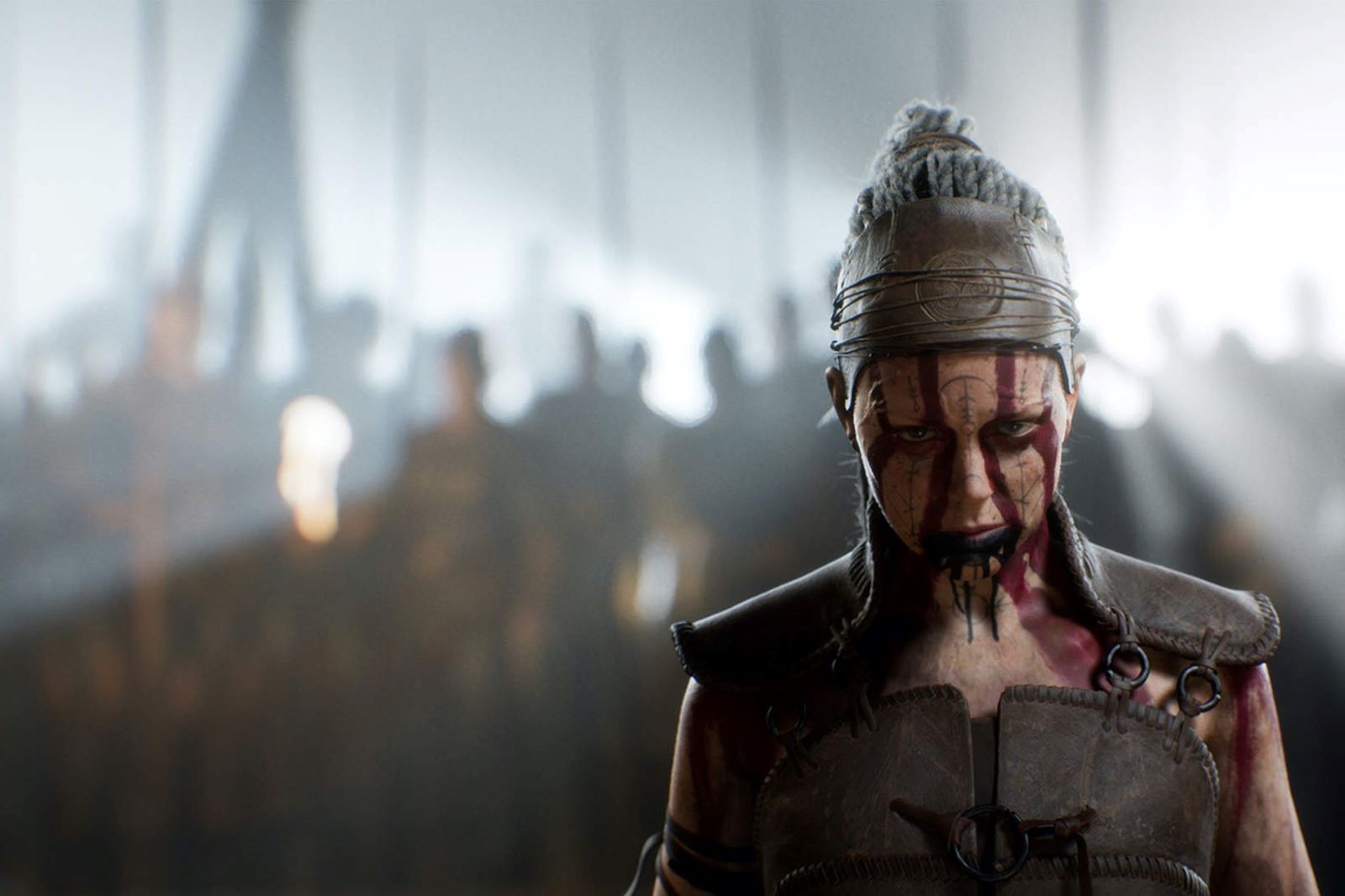
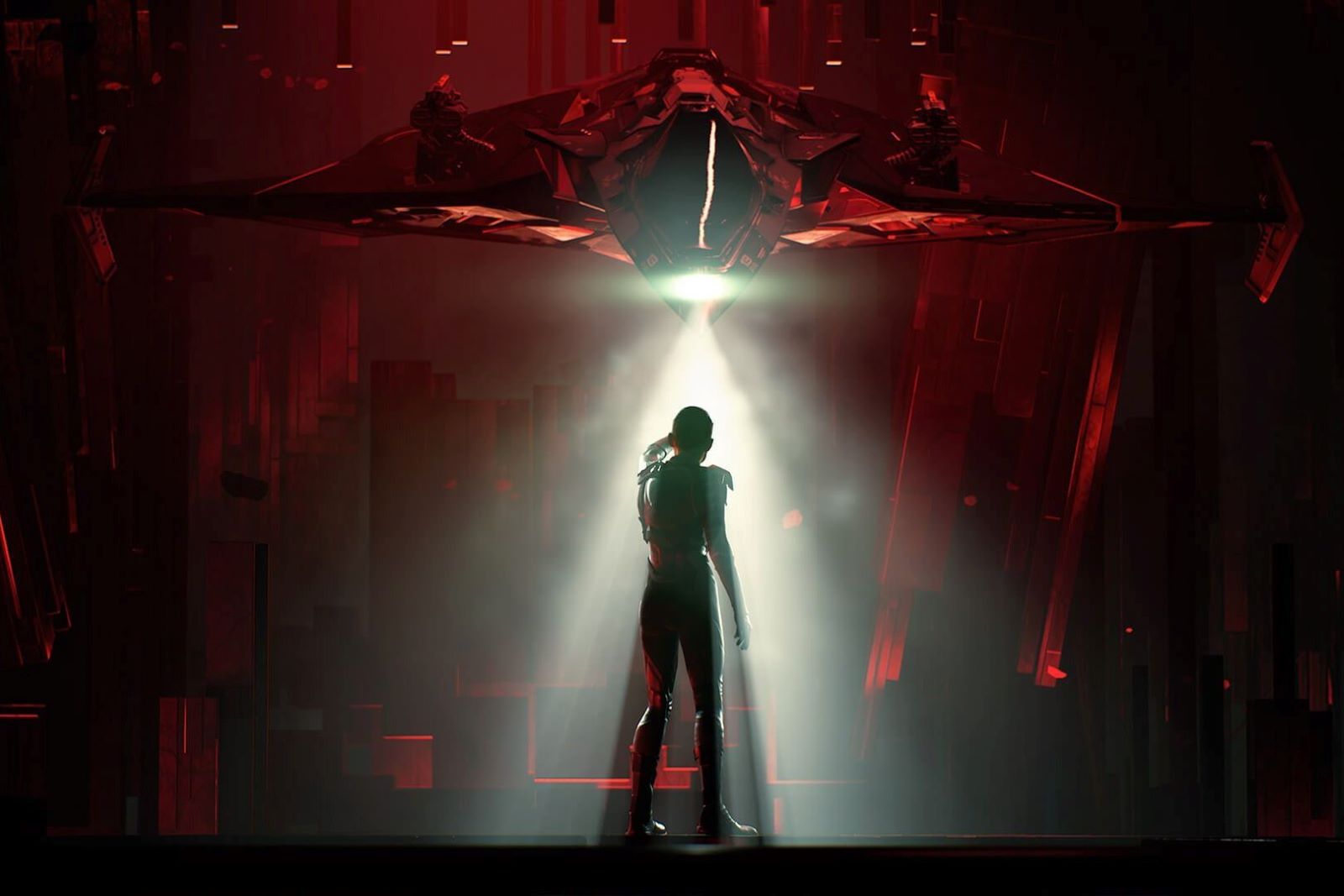
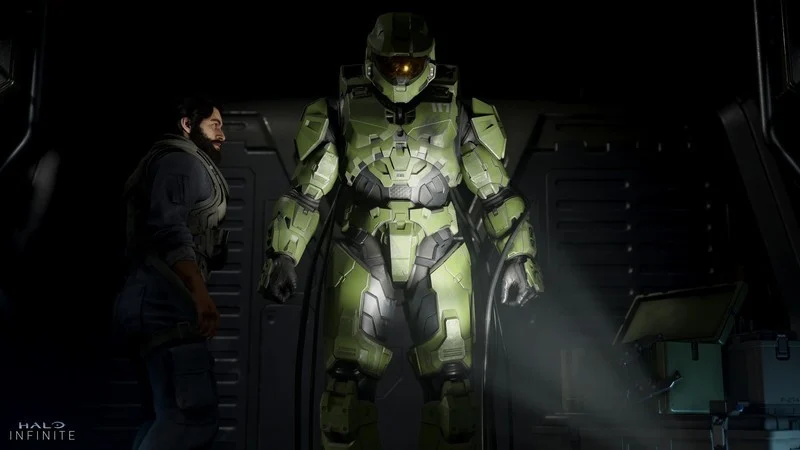





Xbox Series X vs Xbox Series S
This comparison is a bit trickier because Microsoft has only recently officially announced the existence of the long-rumoured, occasionally leaked Xbox Series S. After a leak forced Microsoft’s hand, the Xbox Series S has been officially unveiled by Microsoft as having next-gen performance in the smallest Xbox console ever made. The Xbox Series S price is set at $499.
The Series S is shorter, thinner and shallower than the Xbox Series S (around 60 per cent smaller), with a speaker-like grille on top of the console (if laid horizontally). To put the height into perspective, it’s roughly as tall as three Xbox Wireless Controllers standing face-up. It’s also mostly white (grille notwithstanding), compared to the black Xbox Series X.
In terms of the practical side of things, the Xbox Series S doesn’t have a disc drive, whereas the Xbox Series X does. Microsoft has also revealed official specs for the Xbox Series S, which have been added to the Xbox Series X comparison table below.
Related Articles

